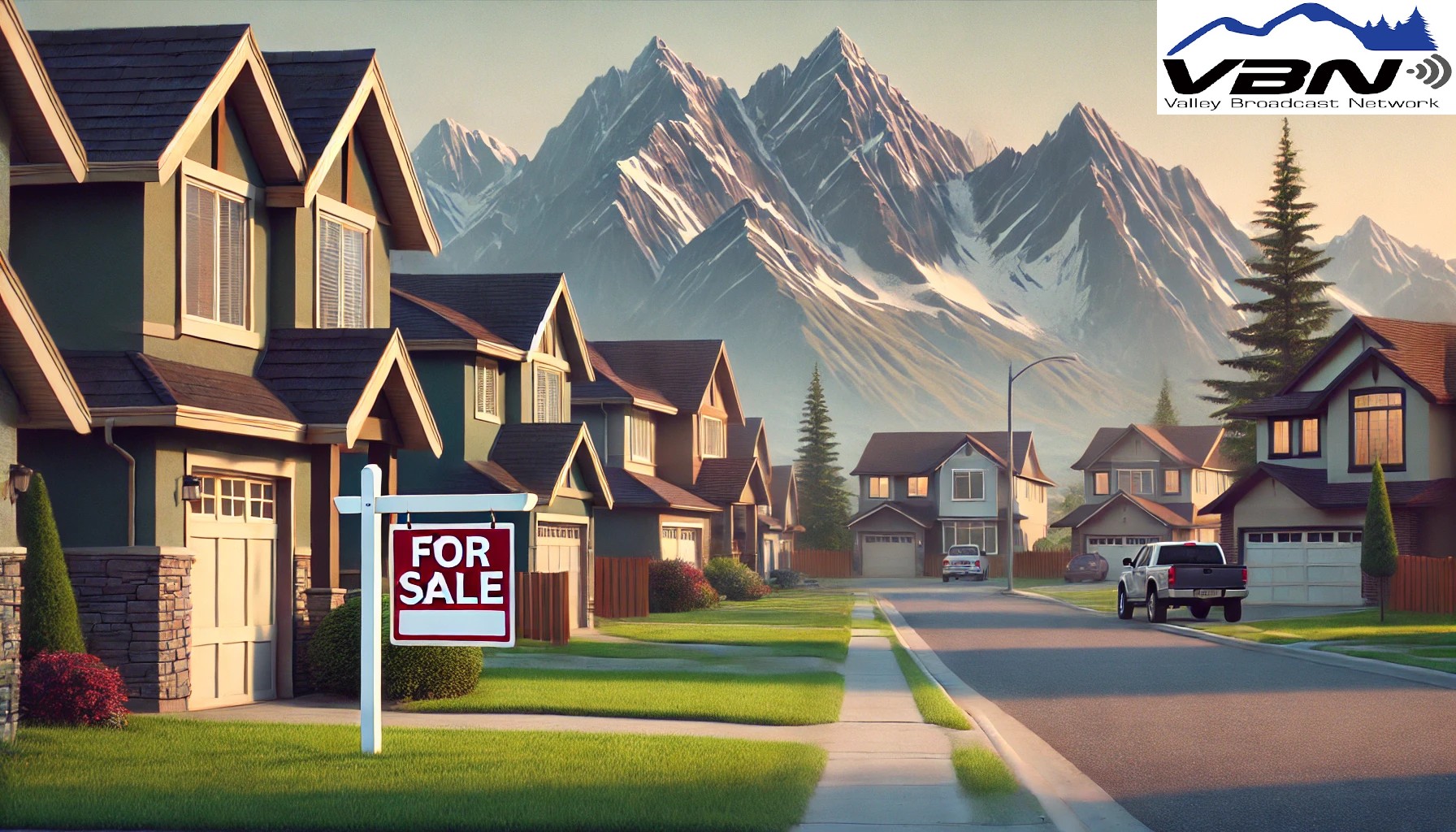Over the past 15 years, northwest Montana, particularly areas like Flathead County and cities such as Kalispell, Whitefish, and Bigfork, have seen a dramatic increase in home and land prices. The appeal of Montana’s natural beauty, outdoor recreational opportunities, and relative seclusion has attracted many new residents, especially from urban centers across the United States. This trend, accelerated by the COVID-19 pandemic, has transformed northwest Montana from a relatively affordable region into one of the most expensive areas in the state.
Home Price Trends
According to local real estate data, the median home price in Flathead County has increased by over 200% in the last 15 years. In 2007, the median home price in Kalispell was around $225,000. By 2023, that figure had risen to nearly $700,000. Whitefish, another popular destination in the region, saw its median home price soar from around $350,000 in the early 2000s to well over $1.2 million by 2023. These prices are particularly steep considering Montana’s per capita income, which remains below the national average, making it increasingly difficult for local residents to afford housing in their own communities.
Land Prices and Development Pressures
Land prices in northwest Montana have followed a similar upward trend, with rural parcels becoming highly sought after. The influx of new buyers, particularly from high-income areas like California, Washington, and Texas, has created a high demand for land, driving prices up. In some areas, particularly around Flathead Lake and the Whitefish Range, land prices have doubled or tripled in a decade.
The pressure to develop more land has caused some concerns regarding environmental preservation and local infrastructure. As more subdivisions and luxury developments are built, there are growing tensions between long-time residents who want to maintain the rural character of the area and newer residents looking for modern amenities.
COVID-19’s Role in Price Acceleration
The COVID-19 pandemic acted as a catalyst for the surge in real estate prices in Montana. As remote work became more commonplace, many individuals from large cities sought refuge in more rural, scenic locations like northwest Montana. The trend of people fleeing crowded cities for quieter, less populated areas led to increased demand for homes and land. Data from the National Association of Realtors shows that in 2020 alone, rural and vacation property purchases surged by over 20%, with Montana ranking high on the list of destinations.
Comparison to Similar-Sized Cities
When compared to similar-sized cities and regions across the United States, northwest Montana’s price increases are among the most dramatic. For example, Bend, Oregon, which has a similar population size and outdoor appeal, experienced a median home price increase of 150% over the same period. In 2007, Bend’s median home price was around $300,000, and by 2023, it had reached approximately $750,000.
Similarly, Coeur d’Alene, Idaho, another city with comparable amenities and a population size similar to Kalispell, has seen its real estate market skyrocket. Coeur d’Alene’s median home price in 2007 was approximately $260,000. By 2023, that figure had climbed to over $600,000, a jump of more than 130%.
While cities like Bend and Coeur d’Alene have seen significant growth, northwest Montana’s housing market has been particularly aggressive due to its proximity to national parks like Glacier National Park, Flathead Lake, and world-class skiing resorts in Whitefish.
Impact on Local Residents and Workforce
The dramatic rise in home and land prices has created significant challenges for local residents. Many long-time Montanans, particularly those working in tourism, service industries, or public service, are finding it increasingly difficult to afford housing. Local businesses, including restaurants and retail, are struggling to retain employees as housing affordability declines.
Rental prices in northwest Montana have also surged, with average rents in Kalispell climbing by over 50% in the last five years. Many residents who previously rented are now being priced out of the area, and local government officials are beginning to address the lack of affordable housing with new policy initiatives.
The significant rise in home and land prices in northwest Montana reflects broader trends of migration to rural areas, particularly following the COVID-19 pandemic. While other similarly sized cities across the United States, such as Bend, Oregon, and Coeur d’Alene, Idaho, have seen similar trends, the growth in northwest Montana has been especially pronounced. The challenge moving forward will be finding a balance between maintaining the region’s unique character while addressing the growing concerns of housing affordability and environmental preservation



